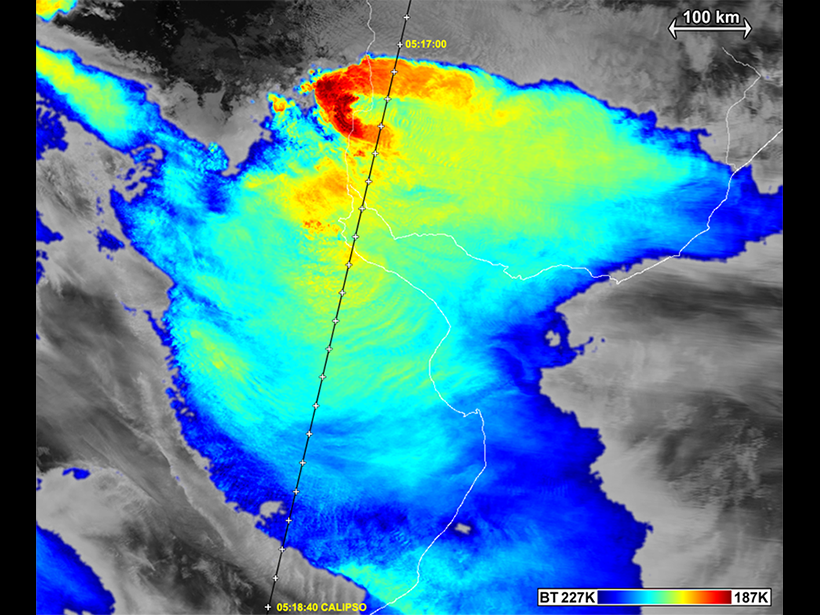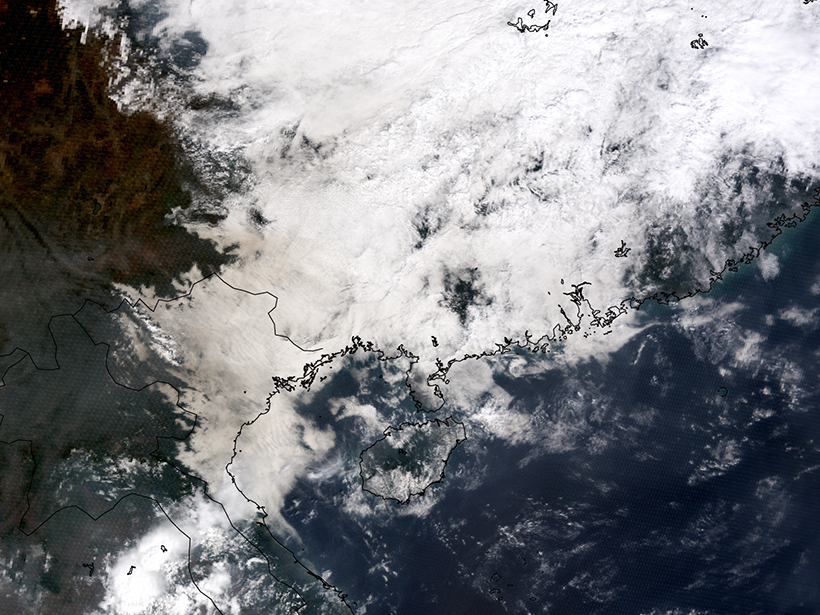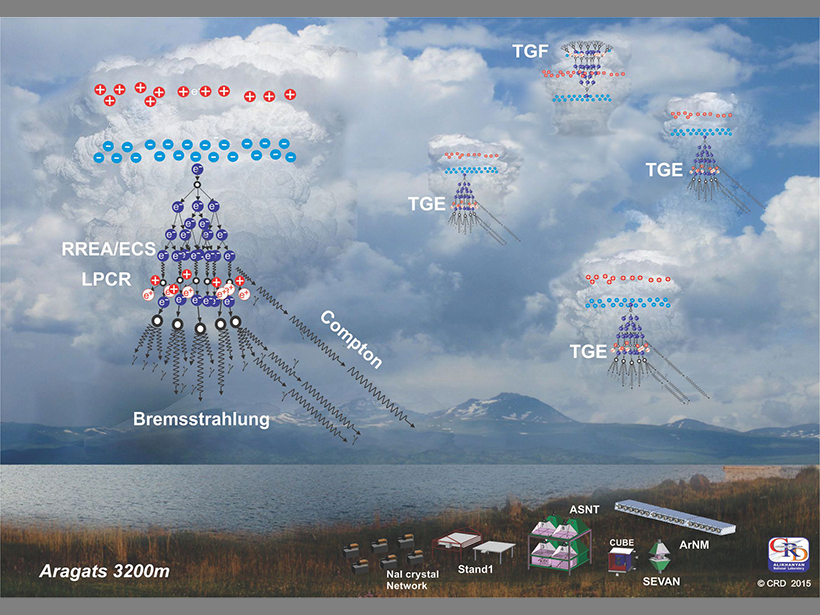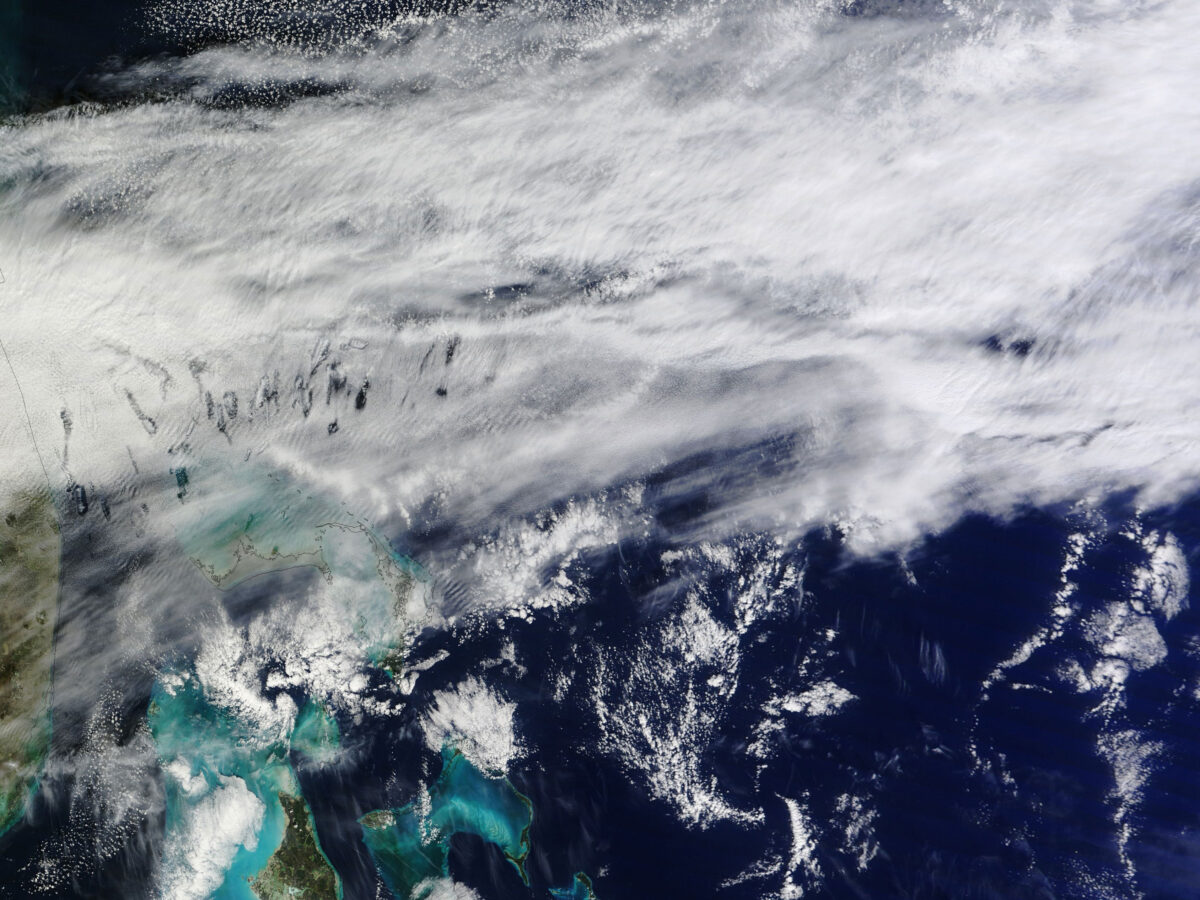Researchers explain how a new radiative scheme can be incorporated into global weather and climate models to better capture the effect of clouds on climate.
clouds
Insights into Long-Standing Bias in Cloud Property Retrieval
A new framework provides a more comprehensive view of how subpixel variations can create biases in a commonly used method of analyzing cloud properties with satellites.
When Thunderstorms Have Wings
A new study uncovers the origin of a gull wing–shaped cirrus cloud above an Argentinian thunderstorm captured in satellite images.
Measuring Atmospheric Aerosols Despite the Clouds
Researchers devise ways for remote sensors to integrate aerosol content above clouds into current methods of measurement.
Four Perspectives on Order From Chaos
What makes thunderstorms clump, even to the point of singularity, over uniform oceans? Three recent papers in JAMES address this question, and a new Commentary ties them together.
Climate Change Influences the Dynamics Behind Tropical Cyclones
A new model reveals how cumulus convection, humidity, and tropical circulations interact as global temperatures rise.
Where Does Lightning Come From?
Thunderstorms and Elementary Particle Acceleration (TEPA-2015); Yerevan, Armenia, 5–9 October 2015
Icy Clouds May Counter Climate Warming Less Than Expected
A new analysis of cloud composition and behavior suggests that scientists have overestimated the ability of a type of mixed-phase ice-and-water cloud to mitigate climate change effects.
Modeling the Effects of Clouds on Climate
New research investigates how mixed-phase cloud partitioning and cloud cover compensate each other in GCMs.
Aerosols Make Cumulus Clouds Brighter but Shorter Lived
Computer simulations show that although adding aerosol particles to clouds can make them more reflective, the cooling effect from clouds is largely counterbalanced by a reduction in overall cloud cover.








